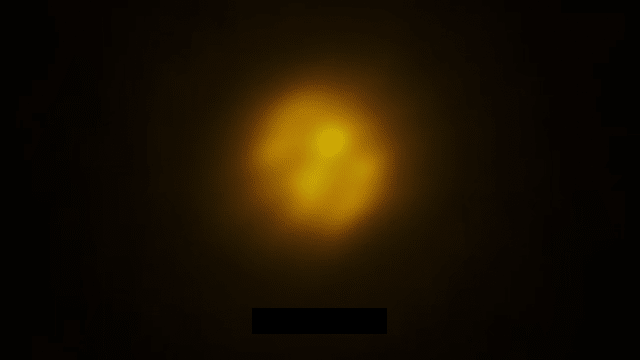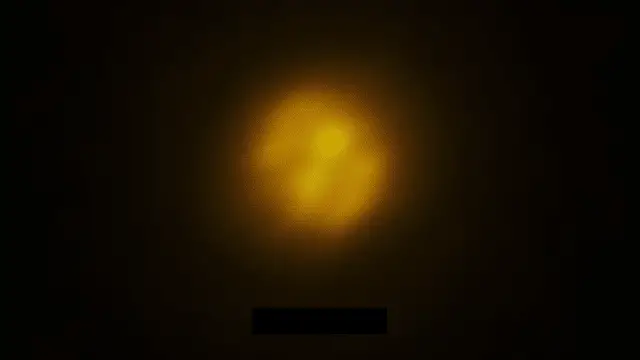For the First Time, Astronomers Track Bubbling Gas on a Distant Star, Revealing Surprising Movements
TL;DR
For the first time ever, astronomers captured images of bubbling gas on a star’s surface, similar to what is seen on the Sun. The team used the Atacama Large Millimeter/submillimeter Array (ALMA) to observe R Doradus, a red giant star, revealing massive, 75-times-larger-than-the-Sun gas bubbles that move faster than expected. This breakthrough helps scientists better understand convection—the process by which stars, including the Sun, transport heat and material. These observations challenge previous models, showing that convection changes as stars age, and give us a glimpse of what the Sun might look like in five billion years.
After reading the article, a Reddit user real name gained more than 6.5k upvotes with this comment: “It’s like the resolution of Pluto in the early 2000s. Crazy that we even have this.” Don’t forget to share your thoughts and discuss this fascinating discovery in the comment section below!
For the first time ever, astronomers have captured images of a star other than the Sun in sufficient detail to monitor the movement of bubbling gas on its surface. The images of the star, R Doradus, were taken using the Atacama Large Millimeter/submillimeter Array (ALMA) in July and August 2023. The images reveal massive, hot bubbles of gas, 75 times larger than the Sun, forming on the star’s surface and sinking back into its interior at a faster rate than anticipated.

“This is the first instance where we can display the bubbling surface of an actual star in this way,” says Wouter Vlemmings, a professor at Chalmers University of Technology in Sweden and lead author of the study published today in Nature. “We never expected the data to be of such excellent quality that we could observe so many details of the convection on the star’s surface.”
Stars generate energy in their cores through nuclear fusion. This energy is transported towards the star’s surface in large, hot gas bubbles that cool down and sink back, similar to how a lava lamp works. This movement, known as convection, spreads heavy elements formed in the star’s core, such as carbon and nitrogen, throughout the star. Convection is also believed to drive the stellar winds that push these elements into space to help form new stars and planets.
Until now, convection motions had never been tracked in detail on stars other than the Sun. With the help of ALMA, the team was able to capture high-resolution images of the surface of R Doradus over a month-long period. R Doradus is a red giant star with a diameter about 350 times larger than the Sun and is located roughly 180 light-years from Earth in the constellation Dorado. Its massive size and proximity to Earth make it an ideal candidate for detailed study. Additionally, its mass is comparable to that of the Sun, making R Doradus likely a preview of how our Sun will appear in five billion years when it transforms into a red giant.

“Convection is responsible for the beautiful granular patterns seen on the Sun’s surface, but they are hard to observe on other stars,” says Theo Khouri, a researcher at Chalmers and co-author of the study. “Thanks to ALMA, we can now not only directly see the convective granules—75 times larger than the Sun—but also measure how fast they move for the first time.”
The granules on R Doradus appear to complete their movements in a one-month cycle, which is quicker than scientists had predicted based on how convection behaves in the Sun. “We don’t yet know why there is a difference. It seems that convection changes as a star ages in ways we do not fully understand yet,” says Vlemmings. These new observations of R Doradus are helping scientists understand how stars like the Sun evolve, especially as they expand, cool down, and become as large and bubbly as R Doradus.


“It’s amazing that we can now capture such fine details on the surface of distant stars and witness physical processes that, until now, could mostly only be seen on our Sun,” concludes Behzad Bojnodi Arbab, a PhD student at Chalmers who was also involved in the research.
This research was presented in a paper entitled “One-month convection timescale on the surface of a giant evolved star” to appear in Nature.




